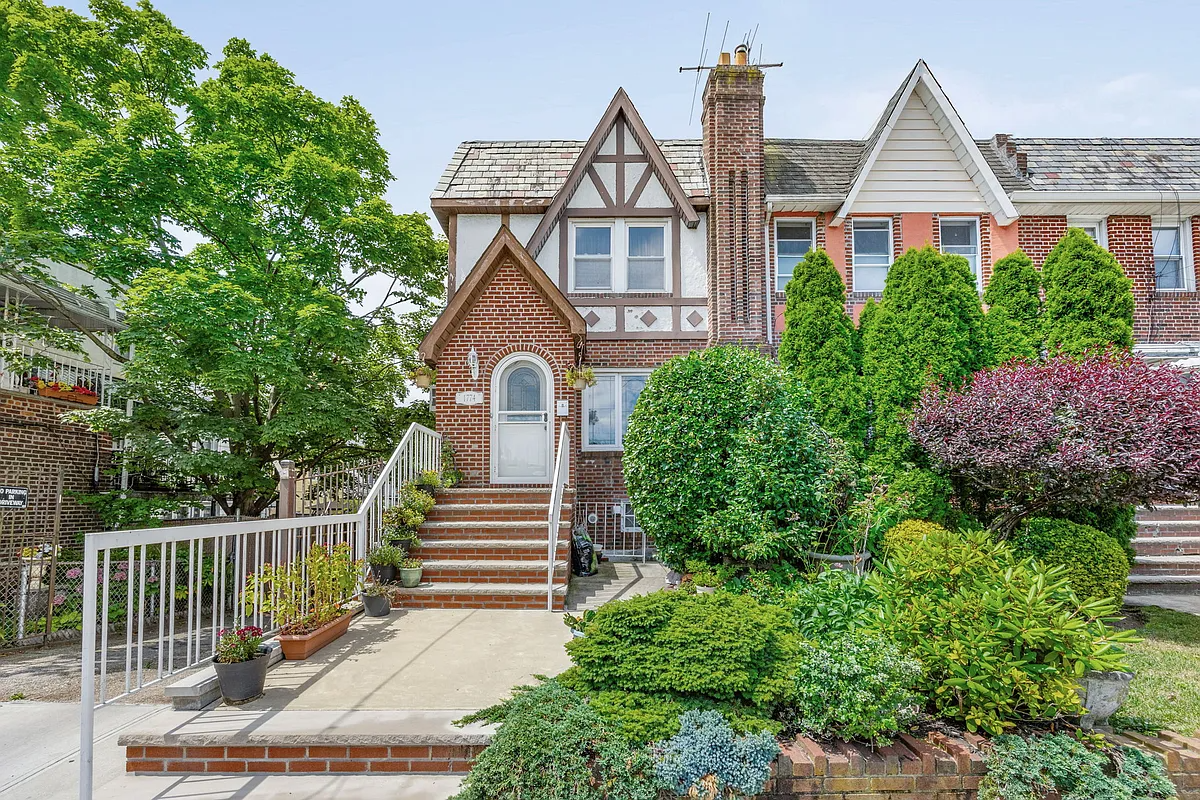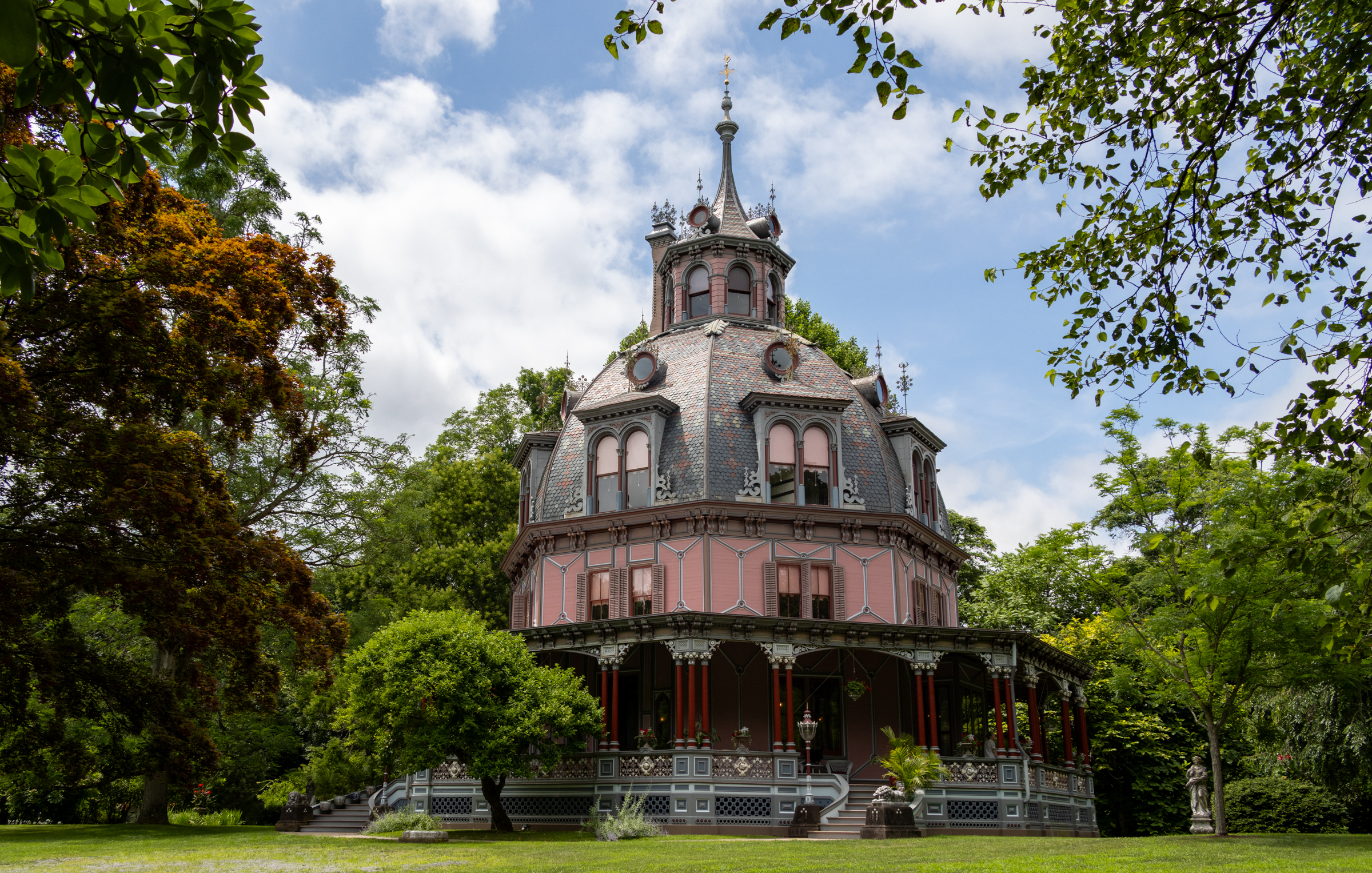The Denizens of South Elliott Place
This weekend The Times peels back the onion on South Elliott Place, revealing its melting pot credibility for all to see. There’s the immigrant from Granada who bought the tenement at #54 for $27,000 in 1971 and the successful television director who paid $2.7 million for his townhouse last summer. And the popular author who…


This weekend The Times peels back the onion on South Elliott Place, revealing its melting pot credibility for all to see. There’s the immigrant from Granada who bought the tenement at #54 for $27,000 in 1971 and the successful television director who paid $2.7 million for his townhouse last summer. And the popular author who owns the house at #63. And the offices of Spike Lee’s production company. You get the idea…Despite some of the fancier newcomers, residents of South Elliott appear to think of their block as not as gentrified as some others in the area: It’s a different culture around the corner, said one resident of South Portland Avenue. It’s more upscale and tony. There are a lot more real people that live on this block. Right, as opposed to all those fake ones on South Portland. Classic.
The Stories of One Brooklyn Block [NY Times]





oh please, let’s see them embracing diversity when it comes time to send their kids to school. such smarmy phonies. people who really like and embrace diversity dont brag about it, they just experience it.
*rob*
ok, i didn’t read article, i just thought benson’s quip about ‘creative professionals keeping it real by not living with other creative professionals’ was funny
I’m with benson on this one. Although I liked all the other people (exc the TV guy) in the article individually, the whole was definitely written to create a certain impression.
ditto, that made me laugh.
Yeah, Benson, you gotta watch some more tv. Damn!
But, I gotta say, though, yes, Snezan, I do love stories from people who have spent a lifetime in one area, the idea that, say, a mostly white neighborhood is boring or somehow invalid is repulsive to me. The diversity thing to me is a canard. Would you go to a completely black African village and say “whoa, this place needs more diversity”? Uh, no.
Snezan;
If you read my post again, my beef was not only about the couple, it was about the NYT’s “reporting”. As I said: straight from the playbook. As such, I agree with 1842’s assessment that it was a fluff piece.
i don’t understand why someone would think it is a fluff piece. It was on the front page of the New York Times. There are two separate articles, one with video, photography, interviews, dialogue snippets and a timeline while the other is 3 pages that span a dozen people’s stories. I found it to be some of the best writing I’ve seen in the Times in a while.
And because one person in the article comes across as self-entitled, the entire article, about people’s romances, dying parents and lovers spanning 40 years is completely meaningless?
I think everyone’s getting a little too bent out of shape about this fluff piece in the times.
havelc, I think the reason you get the same “survived the bad years stories” is that those who lived in the area before the 1970s are not around, generally to interview. Also, if we did interview those who originally lived in these houses in the 19th century, and first half of the 20th), we’d find that they were the S. Portland type well-to-do “snobs”, which would not be as interesting (or maybe it would!) 🙂
“Memo to supreme schmuck: if you want to do something valuable for this country, why don’t you cease directing trash for TV?”
i agree with the rest of what you said, but this guy directed mad men and soprano’s episodes. far from crap TV.
benson, so because you didn’t like one shallow couple, the stories of those people who have been around for the last 40 years through some of the city’s darkest years means nothing. good to know.
havelc, because that’s when they were around and people talk about what they know.